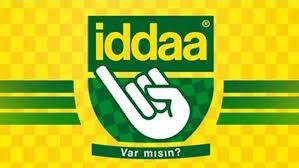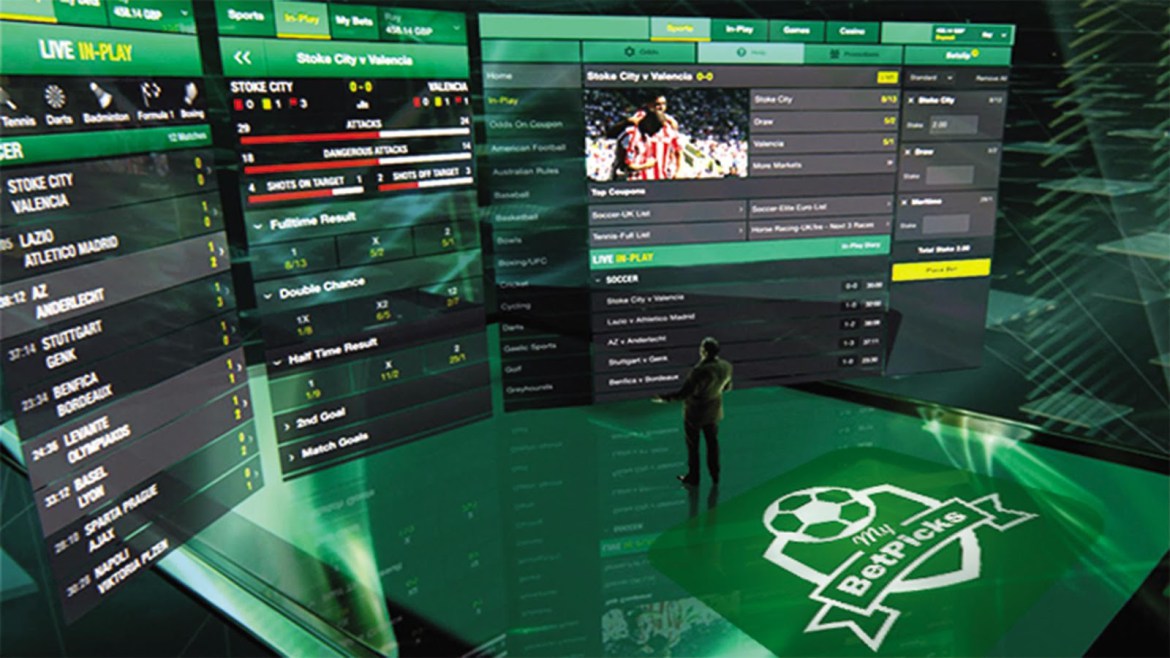3 years is a very long gap for not writing an article on this blog. Personally it has been busy, hectic, sometimes even chaotic. This is the usual climate when launching a new business.
In the past 3 years, I led several efforts of taking successful businesses to new global markets. We created several profitable businesses, made some mistakes along the ways, but overall cracked the code of certain main principles for success. There are many fine prints here but I guess the main pillar for success would be having a strategized approach.
Some successful businesses with excellent products/services are serving a few clients only. They are mostly profitable businesses running a steady operation. They are leaving a lot of money on the table by not growing. These companies either lack the skills to grow or sometimes happy with their status-quo considering growing as a risk rather than an opportunity. These companies are usually 10+ years old with the founder leading the company.
Some companies are new startups, but their focus is on the product and maintaining existing customers. These companies miss the human capital to grow but are too much product oriented.
Some are trying hard to grow, but are not getting anywhere since they lack the strategical approach or make some major tactical mistakes along the way.
Expanding into new markets can lead to new customers, more revenue, and better diversification of risk. However, international growth can also be fraught with challenges, including regulatory hurdles, cultural barriers, and logistical complications. In order to have a healthy international growth strategy, businesses need to be prepared to address these challenges and take a strategic approach to expanding overseas.
The first step in a healthy international growth strategy is firstly a self assessment. What are the strengths of our products and services, where do we generate value?
Next step would be to research and carefully assess potential new markets. This involves conducting market research, identifying potential customers, and understanding the local competitive landscape. This research should not only look at the overall size of the market, but also identify any specific nuances or cultural factors that could impact the success of the business in that region.
Businesses need to adapt their approach to fit the local market as well. This may involve modifying products or services to meet local preferences, tailoring marketing campaigns to resonate with local consumers, and adjusting pricing strategies to account for local economic conditions. It is also important to consider any regulatory or legal requirements that may impact the business.
Another key component of a healthy international growth strategy is building local partnerships and relationships with key stakeholders in the new market. This may involve identifying and working with local distributors or vendors, building relationships with local government officials or regulatory bodies, and collaborating with other businesses in the region.
Finally, businesses need to have a long-term approach a clear strategy to international growth. This means carefully monitoring and adjusting strategies over time, building strong relationships with local stakeholders, and investing in the development of local talent and resources. It also means being prepared to weather any short-term setbacks or challenges and being flexible enough to pivot strategies as needed.
While the path to international growth may be challenging, the rewards are potentially massive – businesses that are able to successfully navigate the global market can gain a competitive edge, reach new customers, and unlock new sources of revenue and profitability.
Clearly there are many fine prints to the general concepts above. In my opinion, the most important skills required would be speed and flexibility though.



